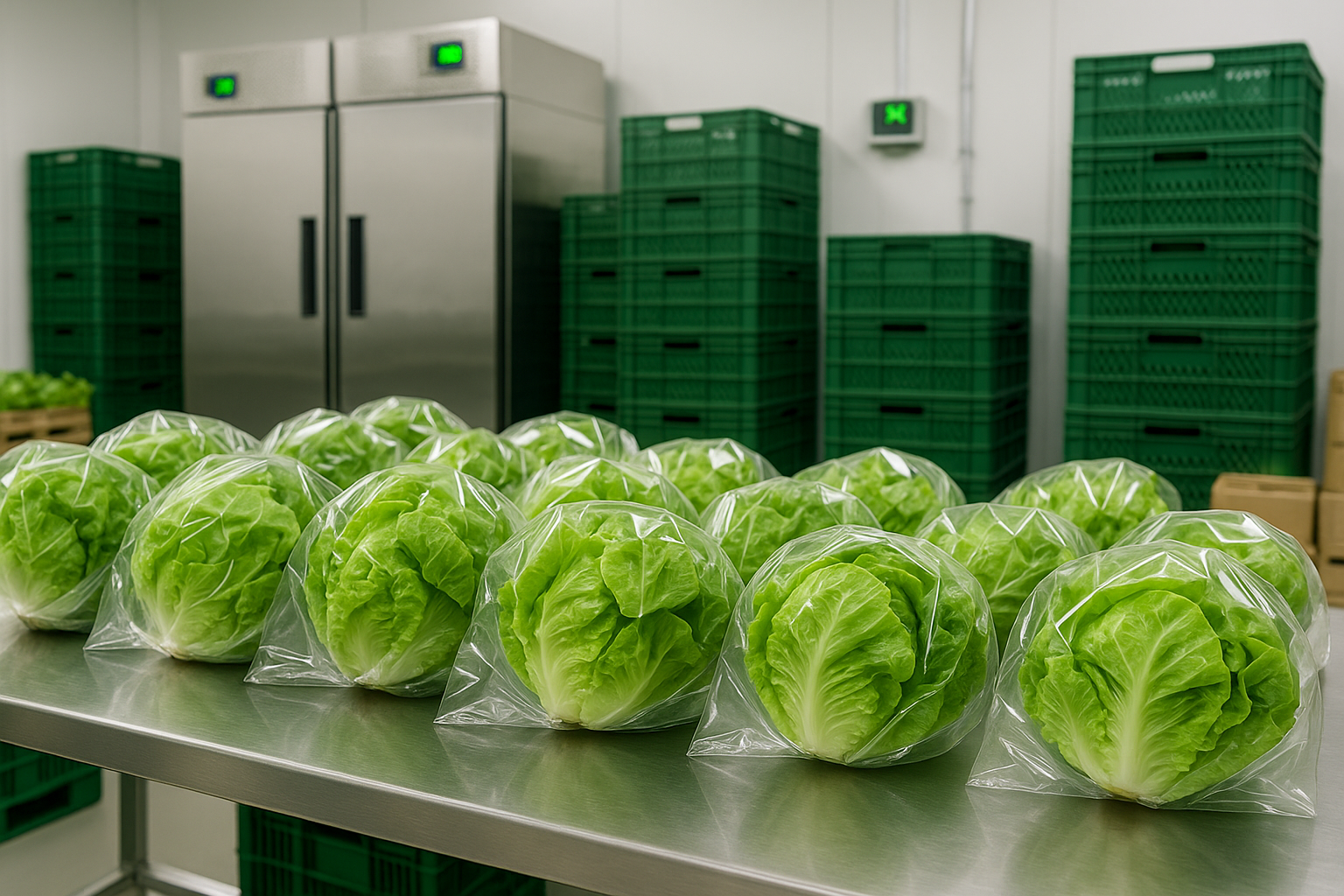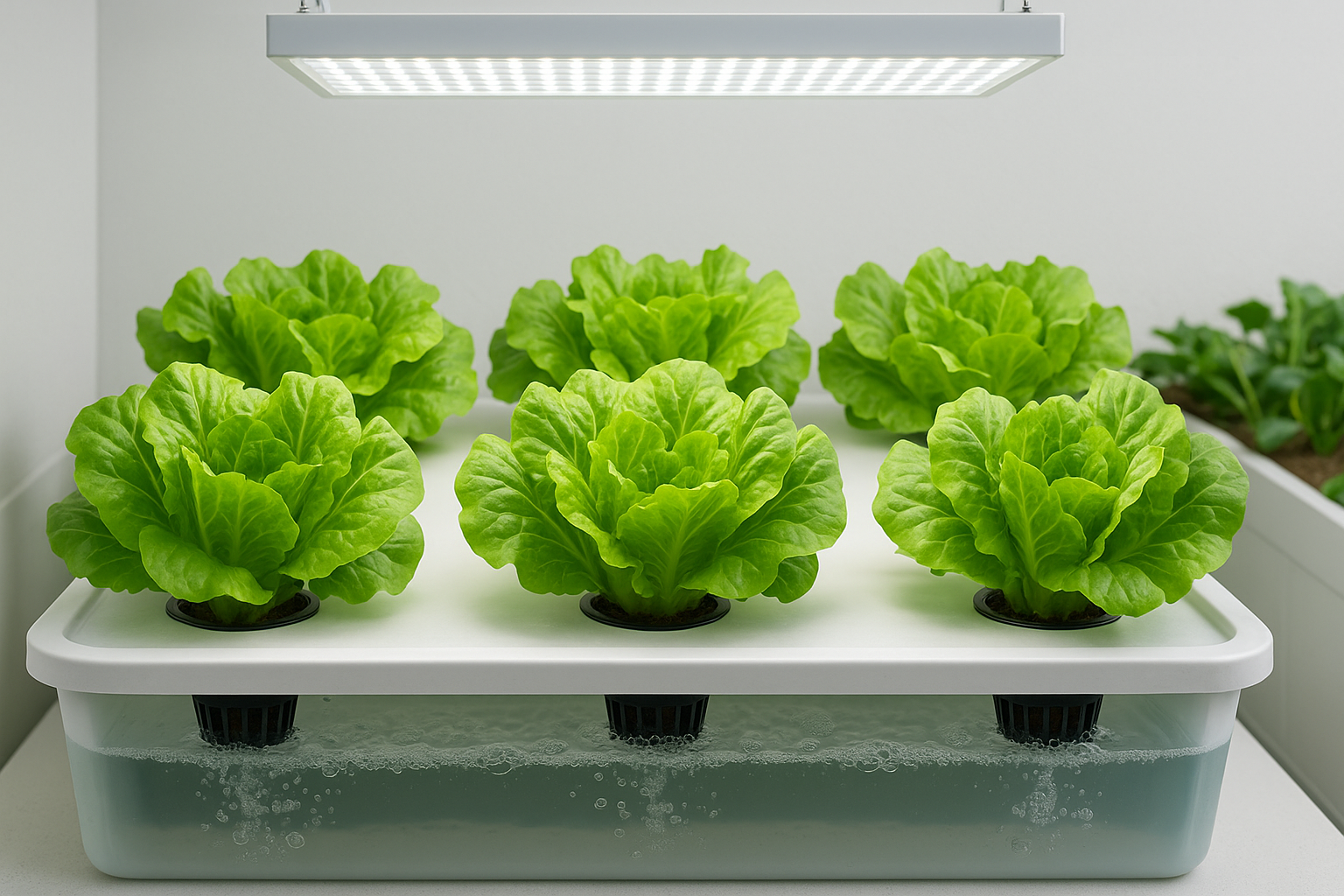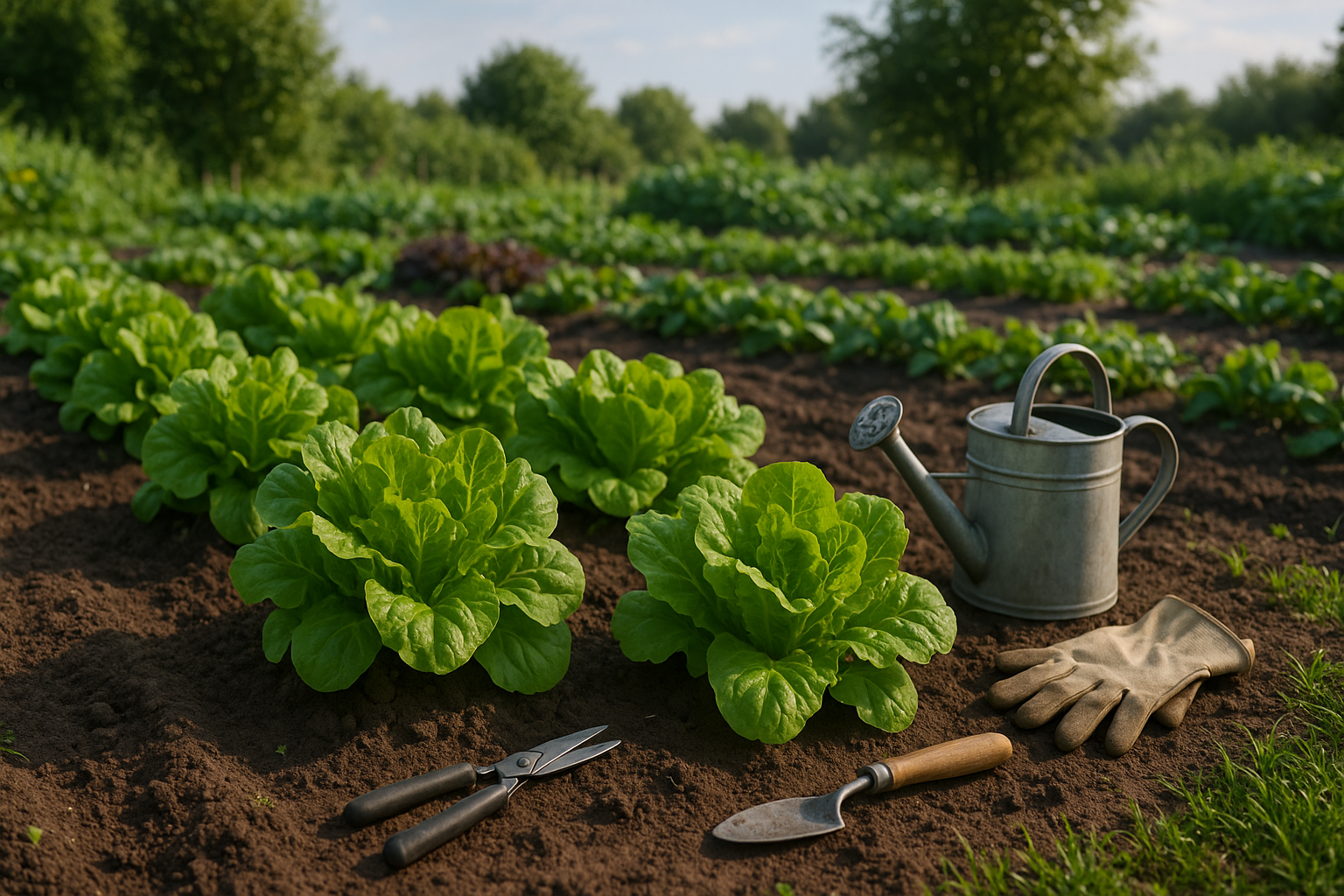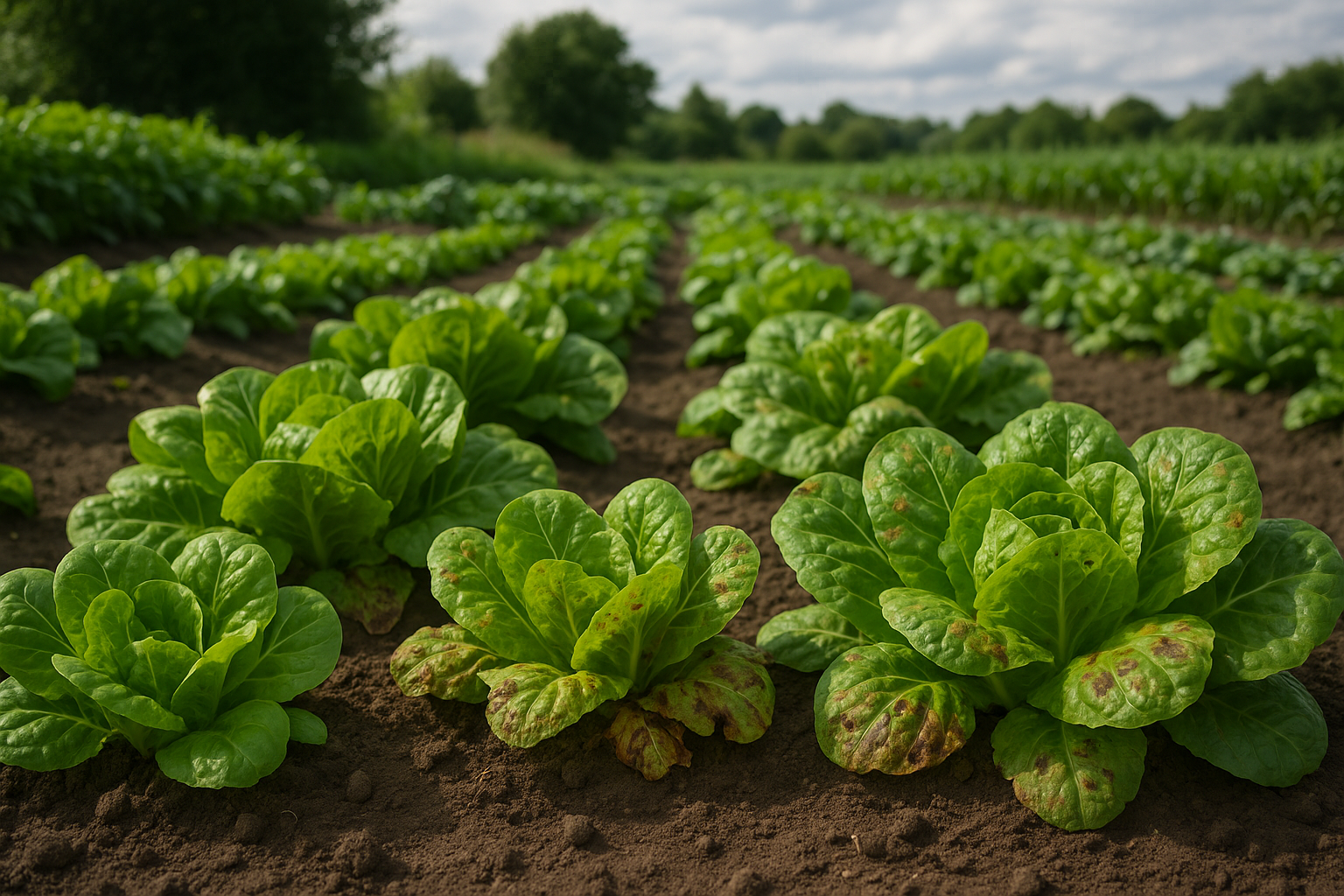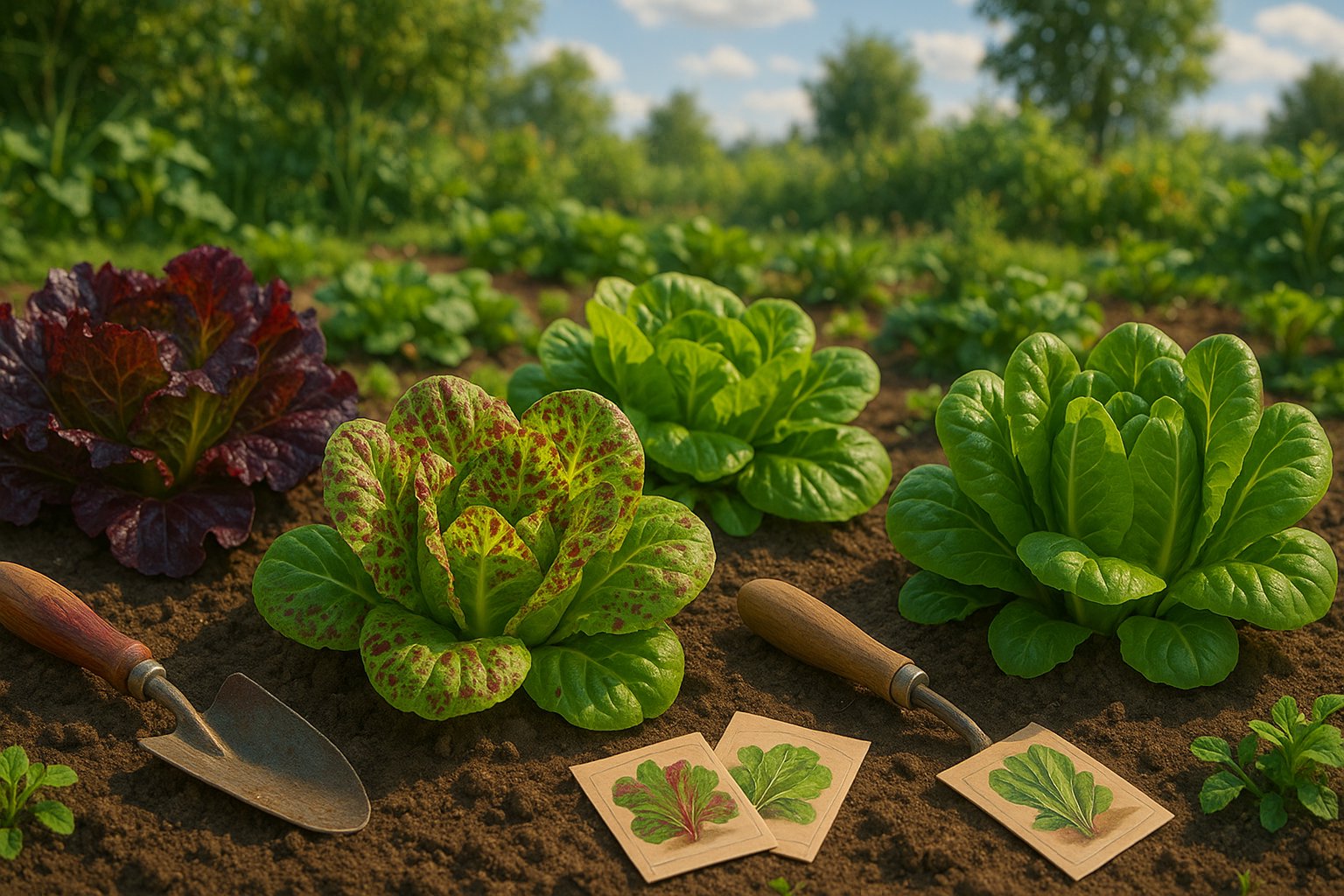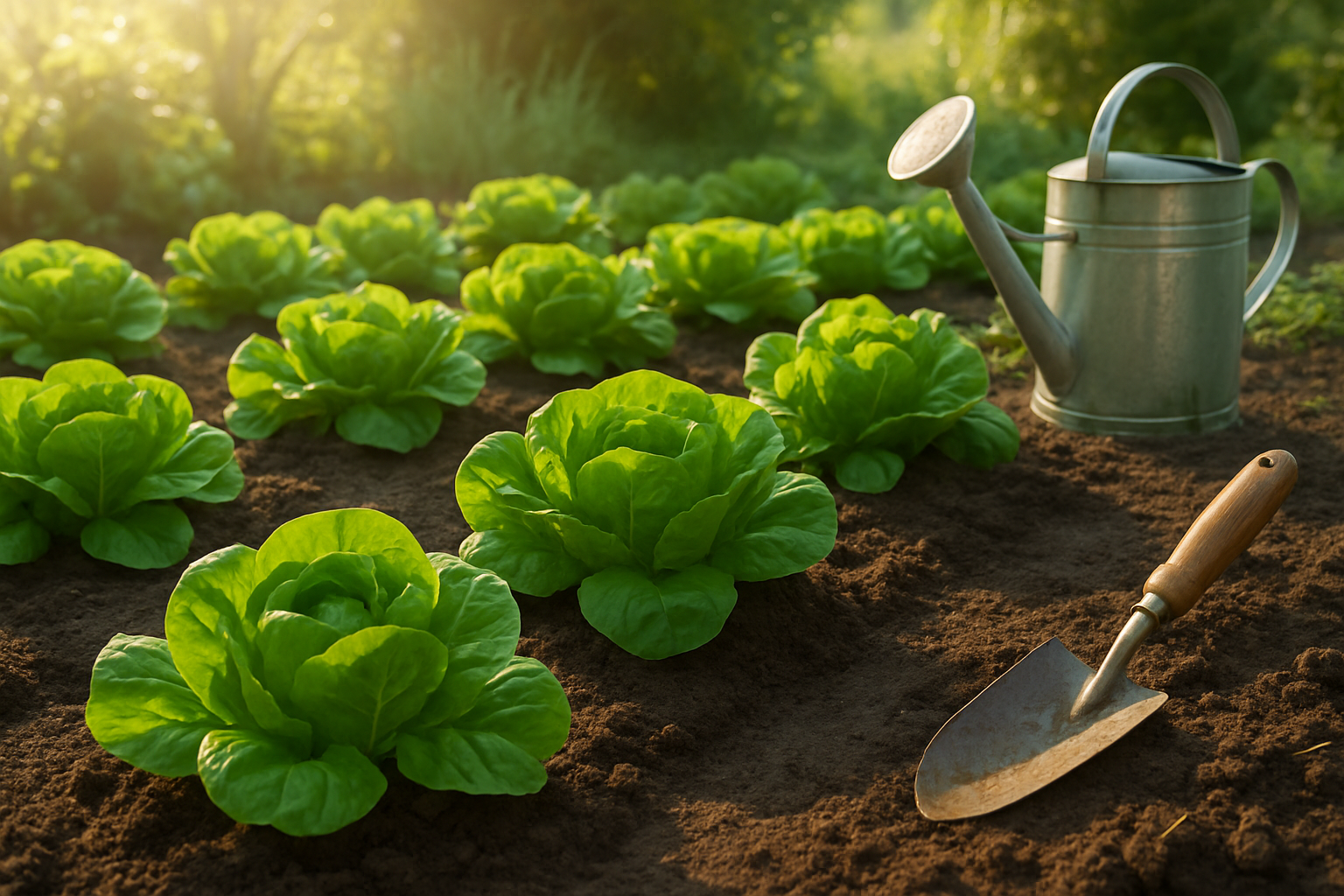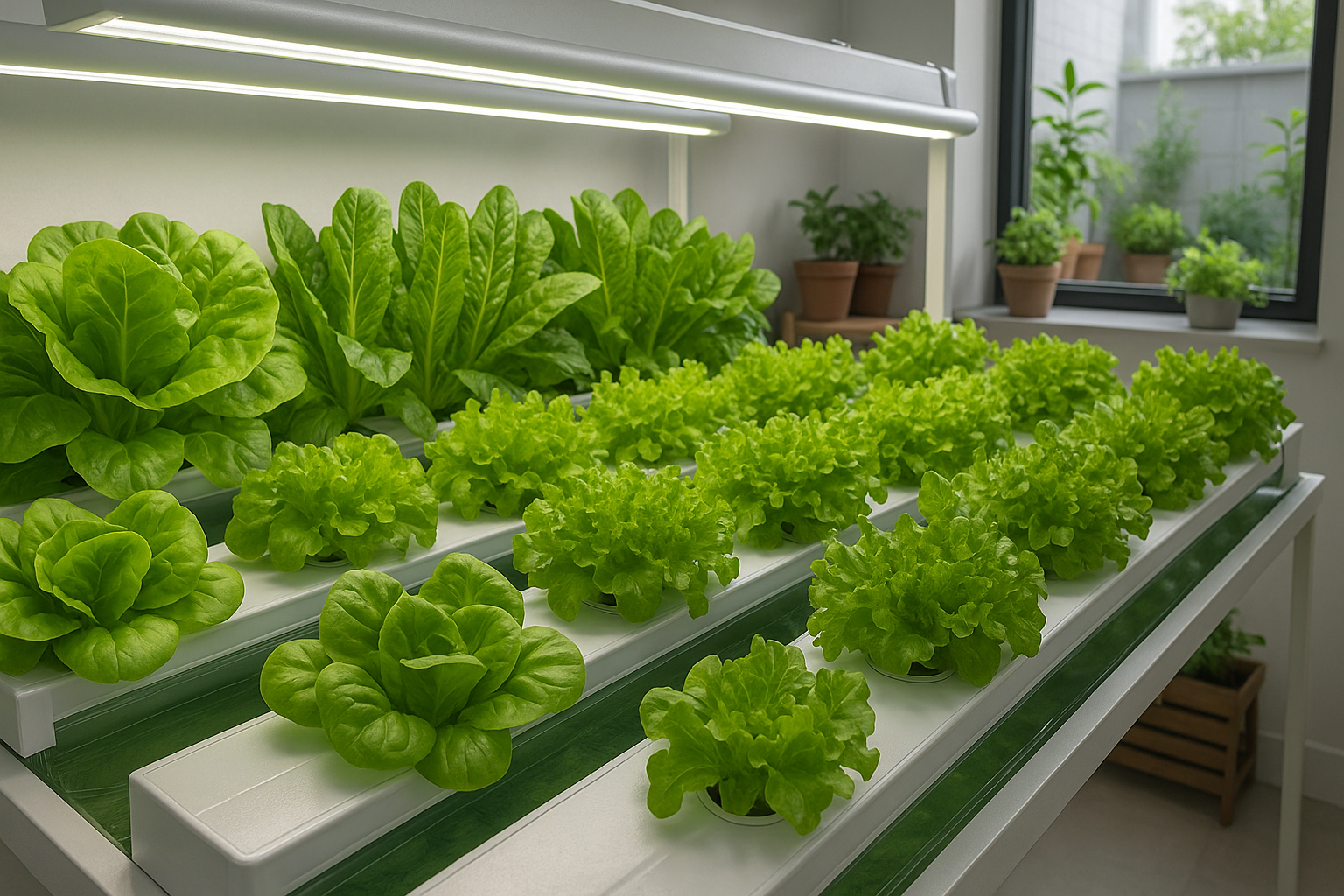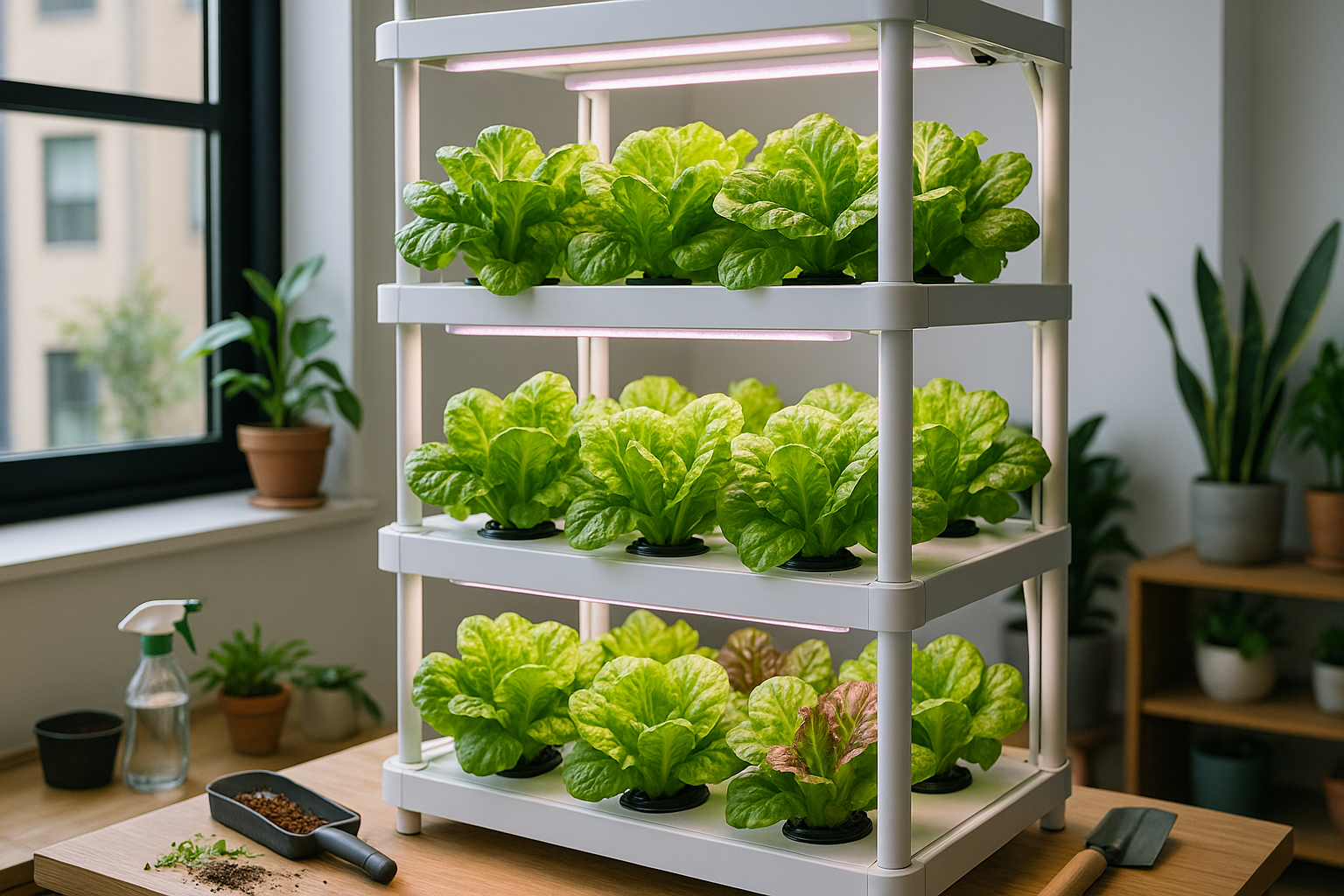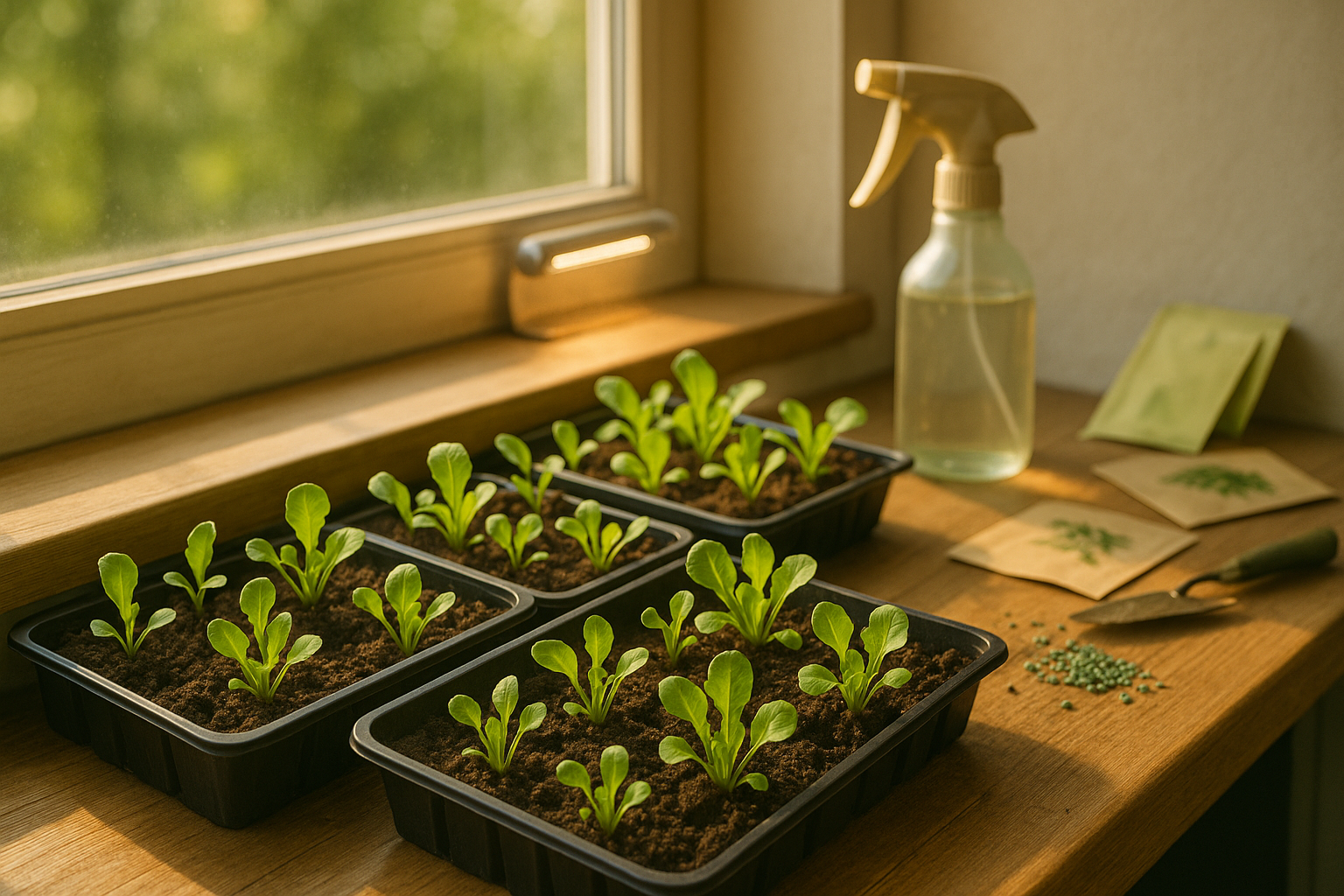How to Package and Transport Fresh Lettuce for Sale
Introduction Packaging lettuce for sale isn’t just about tossing greens into a box and hoping for the best—proper handling determines whether your lettuce arrives at market crisp, fresh, and appealing or wilted and unsellable. The journey from farm to shelf is filled with challenges: lettuce is notoriously sensitive to temperature and moisture, easily bruised, and … Read more
